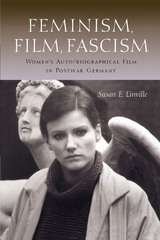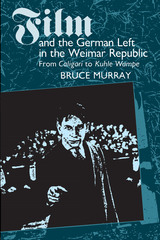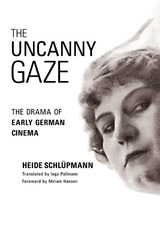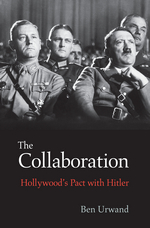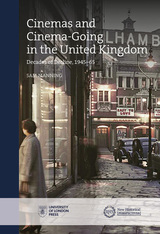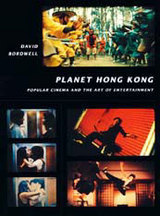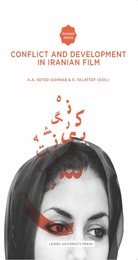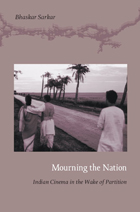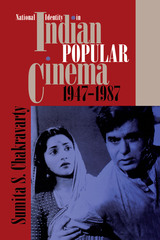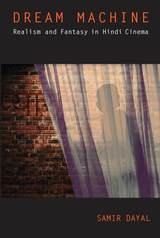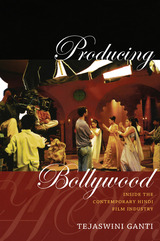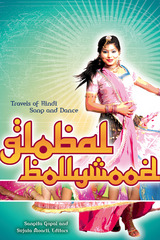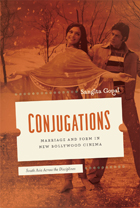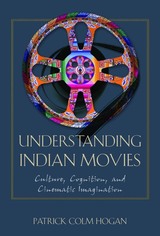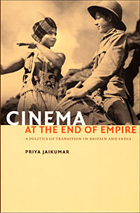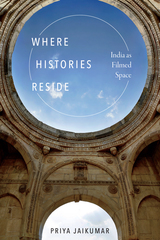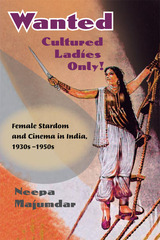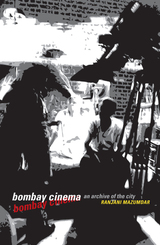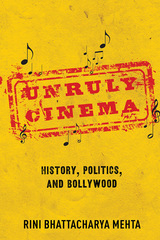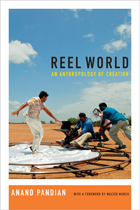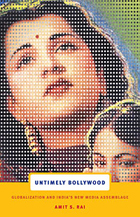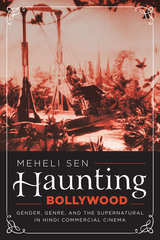Cinema India: The Visual Culture of Hindi Film
Rutgers University Press, 2002
eISBN: 978-0-8135-6816-4 | Cloth: 978-0-8135-3174-8
Library of Congress Classification PN1993.5.I8D96 2002
Dewey Decimal Classification 791.430954
eISBN: 978-0-8135-6816-4 | Cloth: 978-0-8135-3174-8
Library of Congress Classification PN1993.5.I8D96 2002
Dewey Decimal Classification 791.430954
ABOUT THIS BOOK | AUTHOR BIOGRAPHY | TOC
ABOUT THIS BOOK
As the largest producer of films in the world, Indian cinema is both a major industry and a distinctive art form that permeates daily life in that country and shapes emerging global cultures elsewhere. While much has been written on the history of Indian cinema, its iconography and aesthetics have yet to be analyzed as reflections of national and cultural identities. In this important new work, Rachel Dwyer and Divia Patel focus on the development of Bombay-based commercial cinema since 1913, exploring the symbolic role of settings and costumes in staging the nation and the function of makeup and hairstyles in defining notions of beauty, sexuality, and consumption. The authors also examine how factors such as ethnicity, modernization, and Westernization impact reception of film along caste, region, language, and religious lines.
The economic influence of advertising in actually determining film content and the dissemination of its imagery are also discussed. Film studies scholars recently have begun to investigate advertising in the film industry and this book makes an important contribution to this emerging subfield in its engagement with Indian cinema and the impact of advertising on the culture at large.
The economic influence of advertising in actually determining film content and the dissemination of its imagery are also discussed. Film studies scholars recently have begun to investigate advertising in the film industry and this book makes an important contribution to this emerging subfield in its engagement with Indian cinema and the impact of advertising on the culture at large.
See other books on: Culture in motion pictures | Dwyer, Rachel | India | Motion pictures | Visual Culture
See other titles from Rutgers University Press

